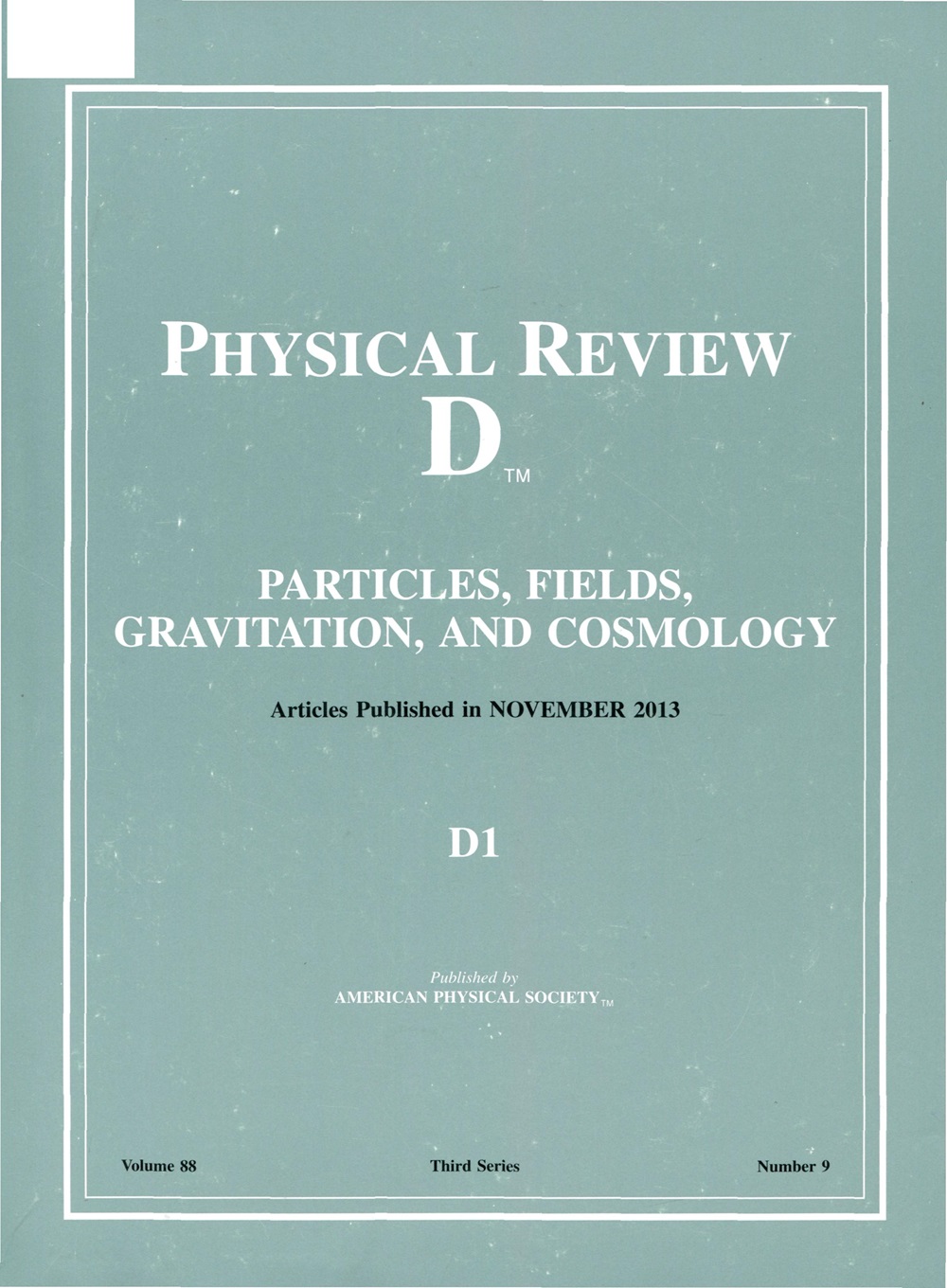Scaling of stochastic normalizing flows in SU(3) lattice gauge theory
IF 5
2区 物理与天体物理
Q1 Physics and Astronomy
引用次数: 0
Abstract
Nonequilibrium Markov chain Monte Carlo (NE-MCMC) simulations provide a well-understood framework based on Jarzynski’s equality to sample from a target probability distribution. By driving a base probability distribution out of equilibrium, observables are computed without the need to thermalize. If the base distribution is characterized by mild autocorrelations, this approach provides a way to mitigate critical slowing down. Out-of-equilibrium evolutions share the same framework of flow-based approaches and they can be naturally combined into a novel architecture called stochastic normalizing flows (SNFs). In this work we present the first implementation of SNFs for SU(3) lattice gauge theory in 4 dimensions, defined by introducing gauge-equivariant layers between out-of-equilibrium Monte Carlo updates. The core of our analysis is focused on the promising scaling properties of this architecture with the degrees of freedom of the system, which are directly inherited from NE-MCMC. Finally, we discuss how systematic improvements of this approach can realistically lead to a general and yet efficient sampling strategy at fine lattice spacings for observables affected by long autocorrelation times.SU(3)晶格规范理论中随机归一化流的标度
非平衡马尔可夫链蒙特卡罗(NE-MCMC)模拟提供了一个很好理解的框架,该框架基于Jarzynski从目标概率分布中抽样的等式。通过使基本概率分布脱离平衡状态,可观测值的计算不需要热化。如果基本分布的特征是轻微的自相关性,那么这种方法提供了一种减轻临界减速的方法。非平衡演化与基于流的方法具有相同的框架,它们可以自然地组合成一种称为随机归一化流(snf)的新架构。在这项工作中,我们提出了4维SU(3)晶格规范理论的第一个snf实现,通过在非平衡蒙特卡罗更新之间引入规范等变层来定义。我们分析的核心集中在该体系结构与系统自由度的有前途的缩放特性上,这些特性直接继承自NE-MCMC。最后,我们讨论了该方法的系统改进如何能够实际地在精细晶格间隔下为受长自相关时间影响的可观测值提供一般而有效的采样策略。2025年由美国物理学会出版
本文章由计算机程序翻译,如有差异,请以英文原文为准。
求助全文
约1分钟内获得全文
求助全文
来源期刊

Physical Review D
物理-天文与天体物理
CiteScore
9.20
自引率
36.00%
发文量
0
审稿时长
2 months
期刊介绍:
Physical Review D (PRD) is a leading journal in elementary particle physics, field theory, gravitation, and cosmology and is one of the top-cited journals in high-energy physics.
PRD covers experimental and theoretical results in all aspects of particle physics, field theory, gravitation and cosmology, including:
Particle physics experiments,
Electroweak interactions,
Strong interactions,
Lattice field theories, lattice QCD,
Beyond the standard model physics,
Phenomenological aspects of field theory, general methods,
Gravity, cosmology, cosmic rays,
Astrophysics and astroparticle physics,
General relativity,
Formal aspects of field theory, field theory in curved space,
String theory, quantum gravity, gauge/gravity duality.
 求助内容:
求助内容: 应助结果提醒方式:
应助结果提醒方式:


